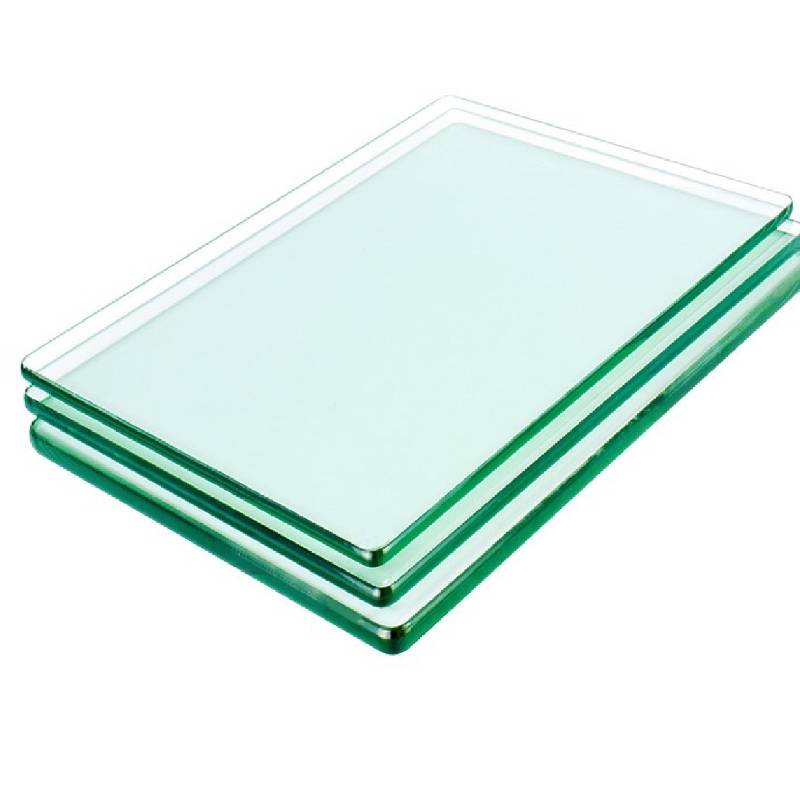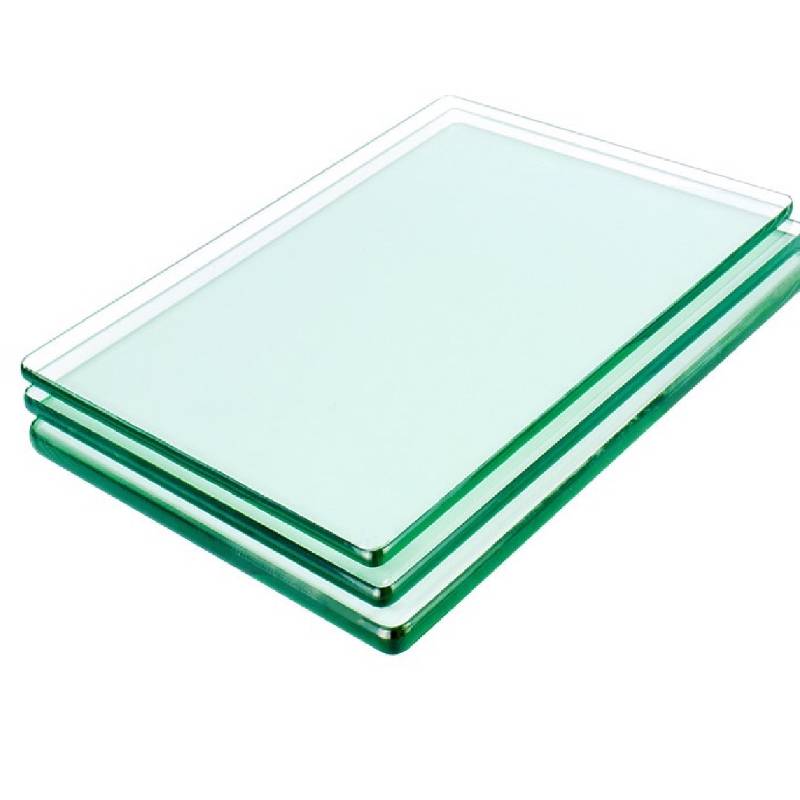Toughened glass has revolutionized industries ranging from automotive to residential architecture due to its remarkable properties and diverse applications. With the growing demand for durability, safety, and aesthetic designs, the use of toughened glass has become integral to modern product manufacturing and architectural design. This article explores its advantages, innovations, and real-world applications, supported by expert insights and user experiences.

Toughened glass, also known as tempered glass, undergoes a thermal process that enhances its strength compared to regular annealed glass. This process involves heating the glass to over 600 degrees Celsius and then rapidly cooling it. Such treatment increases its tensile strength and resistance to impacts by up to four or five times compared to regular glass. The result is a glass product that not only withstands higher pressure and temperature variations but also shatters into small, less harmful pieces when broken, reducing injury risks.
The automotive industry was one of the earliest adopters of toughened glass, primarily due to safety regulations. Windshields, side windows, and rear windows are all examples where the material's strength and shatter-proof nature have provided significant safety improvements over traditional glass. In emergencies, the ability to safely break exit points is invaluable, providing both security and peace of mind.

In construction, toughened glass is crucial for modern architecture's sleek, minimalist aesthetics, characterized by expansive glass façades and open spaces. Its robustness allows architects to build larger windows, glass walls, and skylights without the risk of structural weaknesses or safety issues. In high-rise buildings, toughened glass withstands high wind loads, critical for ensuring the safety and longevity of skyscrapers.
Beyond safety and structural integrity, toughened glass offers superior thermal properties. In energy-conscious buildings, double-glazing with toughened glass significantly improves insulation, reducing heating and cooling costs. Environmental building certifications, such as LEED, now often incorporate these materials as part of their criteria, emphasizing the glass's role in sustainability efforts.
Innovative technologies have further broadened toughened glass applications, particularly with smart glass developments. This type of toughened glass can adjust transparency based on electric signals, offering dynamic control over light levels and privacy. Homes and offices employing smart toughened glass enjoy the dual benefits of cutting-edge convenience and enhanced energy efficiency.
use of toughened glass
The product's versatility extends to consumer electronics. Tablets and smartphones utilize toughened glass screens due to its scratch resistance and durability, crucial for everyday use. This durability ensures longer-lasting devices, aligning with consumer and producer sustainability goals by reducing waste and resource consumption.
Expert opinions in the manufacturing sector stress the importance of rigorous quality control and certification standards for toughened glass products. Certified toughened glass assures safety standards are met, granting consumers and producers confidence in its performance. Standards such as the European EN 12150 or the American ANSI Z97.1 codify testing procedures, ensuring uniform quality and performance benchmarks globally.
Real-world application feedback consistently praises toughened glass for its longevity and reliability. Building managers and homeowners alike report reduced maintenance needs and costs. Its durability against environmental elements such as UV exposure, rain, and wind minimizes wear, allowing structures to maintain their aesthetic appeal over time.
Trust in toughened glass is cemented not just through technical specifications, but through its widespread credibility and endorsement by engineers, safety regulators, and architects. The transparency of certification processes and compliance with international safety standards contribute significantly to its reputability.
In conclusion, the use of toughened glass stands as an embodiment of modern engineering advancement and innovativeness. Its diverse applications across industries showcase not only its practicality but also its contribution to safety, sustainability, and design evolution. As technologies advance and new applications emerge, toughened glass will undoubtedly contribute to future developments in both practical and innovative ways.
 Afrikaans
Afrikaans  Albanian
Albanian  Amharic
Amharic  Arabic
Arabic  Armenian
Armenian  Azerbaijani
Azerbaijani  Basque
Basque  Belarusian
Belarusian  Bengali
Bengali  Bosnian
Bosnian  Bulgarian
Bulgarian  Catalan
Catalan  Cebuano
Cebuano  Corsican
Corsican  Croatian
Croatian  Czech
Czech  Danish
Danish  Dutch
Dutch  English
English  Esperanto
Esperanto  Estonian
Estonian  Finnish
Finnish  French
French  Frisian
Frisian  Galician
Galician  Georgian
Georgian  German
German  Greek
Greek  Gujarati
Gujarati  Haitian Creole
Haitian Creole  hausa
hausa  hawaiian
hawaiian  Hebrew
Hebrew  Hindi
Hindi  Miao
Miao  Hungarian
Hungarian  Icelandic
Icelandic  igbo
igbo  Indonesian
Indonesian  irish
irish  Italian
Italian  Japanese
Japanese  Javanese
Javanese  Kannada
Kannada  kazakh
kazakh  Khmer
Khmer  Rwandese
Rwandese  Korean
Korean  Kurdish
Kurdish  Kyrgyz
Kyrgyz  Lao
Lao  Latin
Latin  Latvian
Latvian  Lithuanian
Lithuanian  Luxembourgish
Luxembourgish  Macedonian
Macedonian  Malgashi
Malgashi  Malay
Malay  Malayalam
Malayalam  Maltese
Maltese  Maori
Maori  Marathi
Marathi  Mongolian
Mongolian  Myanmar
Myanmar  Nepali
Nepali  Norwegian
Norwegian  Norwegian
Norwegian  Occitan
Occitan  Pashto
Pashto  Persian
Persian  Polish
Polish  Portuguese
Portuguese  Punjabi
Punjabi  Romanian
Romanian  Russian
Russian  Samoan
Samoan  Scottish Gaelic
Scottish Gaelic  Serbian
Serbian  Sesotho
Sesotho  Shona
Shona  Sindhi
Sindhi  Sinhala
Sinhala  Slovak
Slovak  Slovenian
Slovenian  Somali
Somali  Spanish
Spanish  Sundanese
Sundanese  Swahili
Swahili  Swedish
Swedish  Tagalog
Tagalog  Tajik
Tajik  Tamil
Tamil  Tatar
Tatar  Telugu
Telugu  Thai
Thai  Turkish
Turkish  Turkmen
Turkmen  Ukrainian
Ukrainian  Urdu
Urdu  Uighur
Uighur  Uzbek
Uzbek  Vietnamese
Vietnamese  Welsh
Welsh  Bantu
Bantu  Yiddish
Yiddish  Yoruba
Yoruba  Zulu
Zulu 


